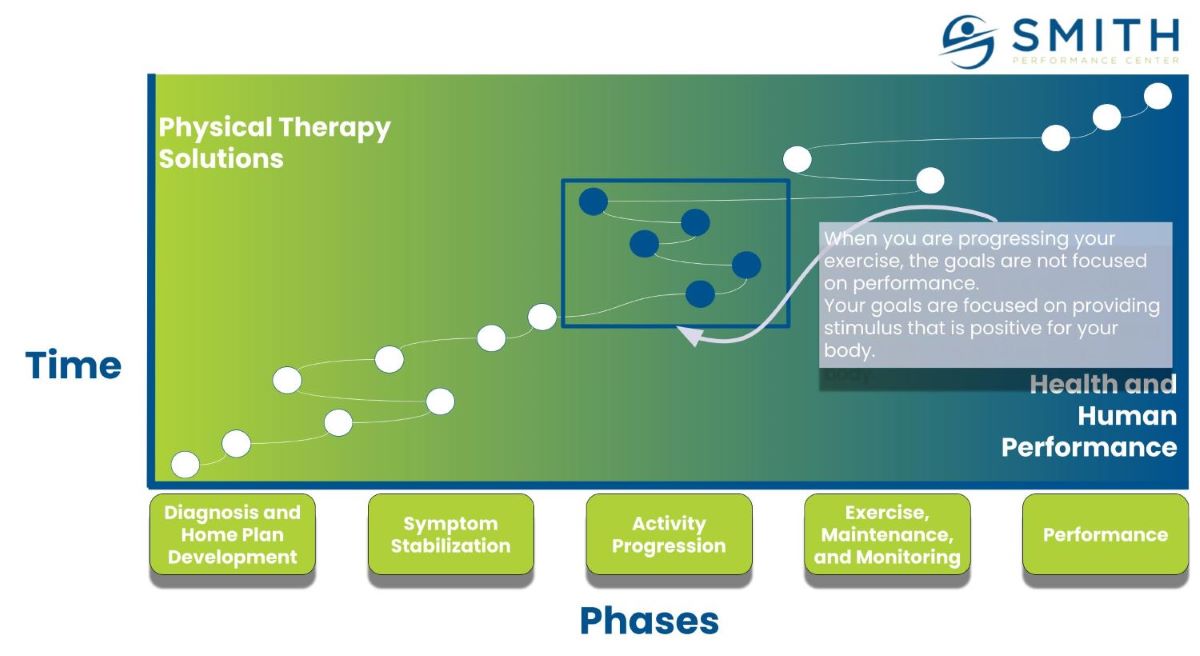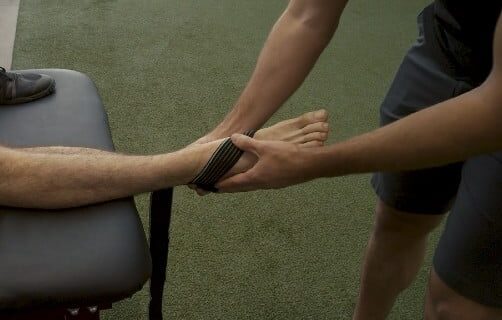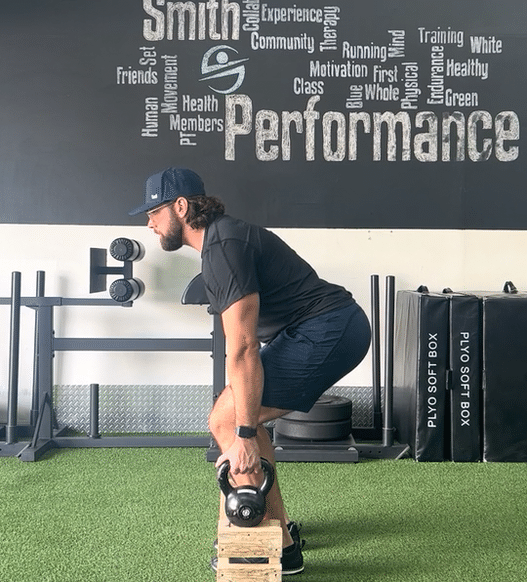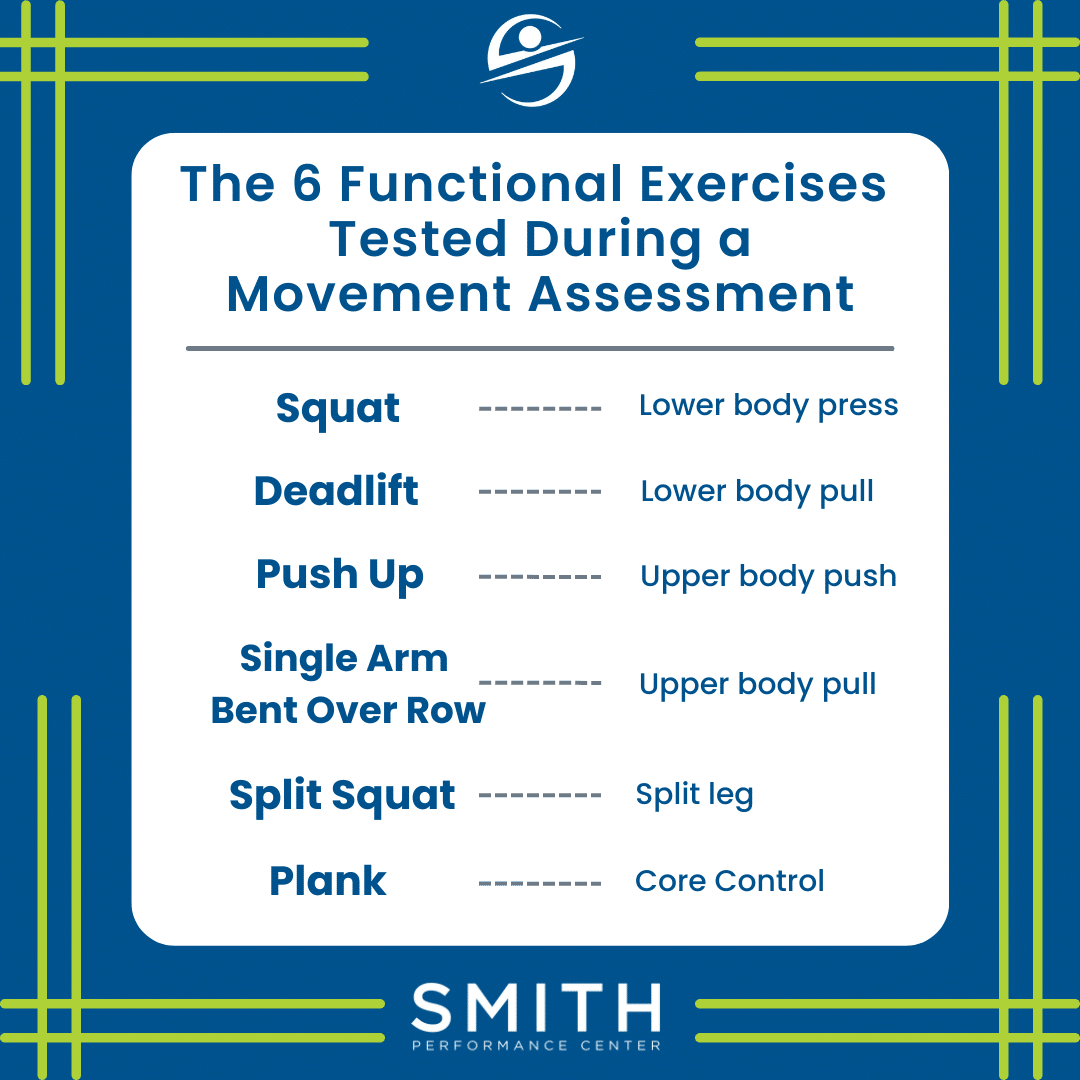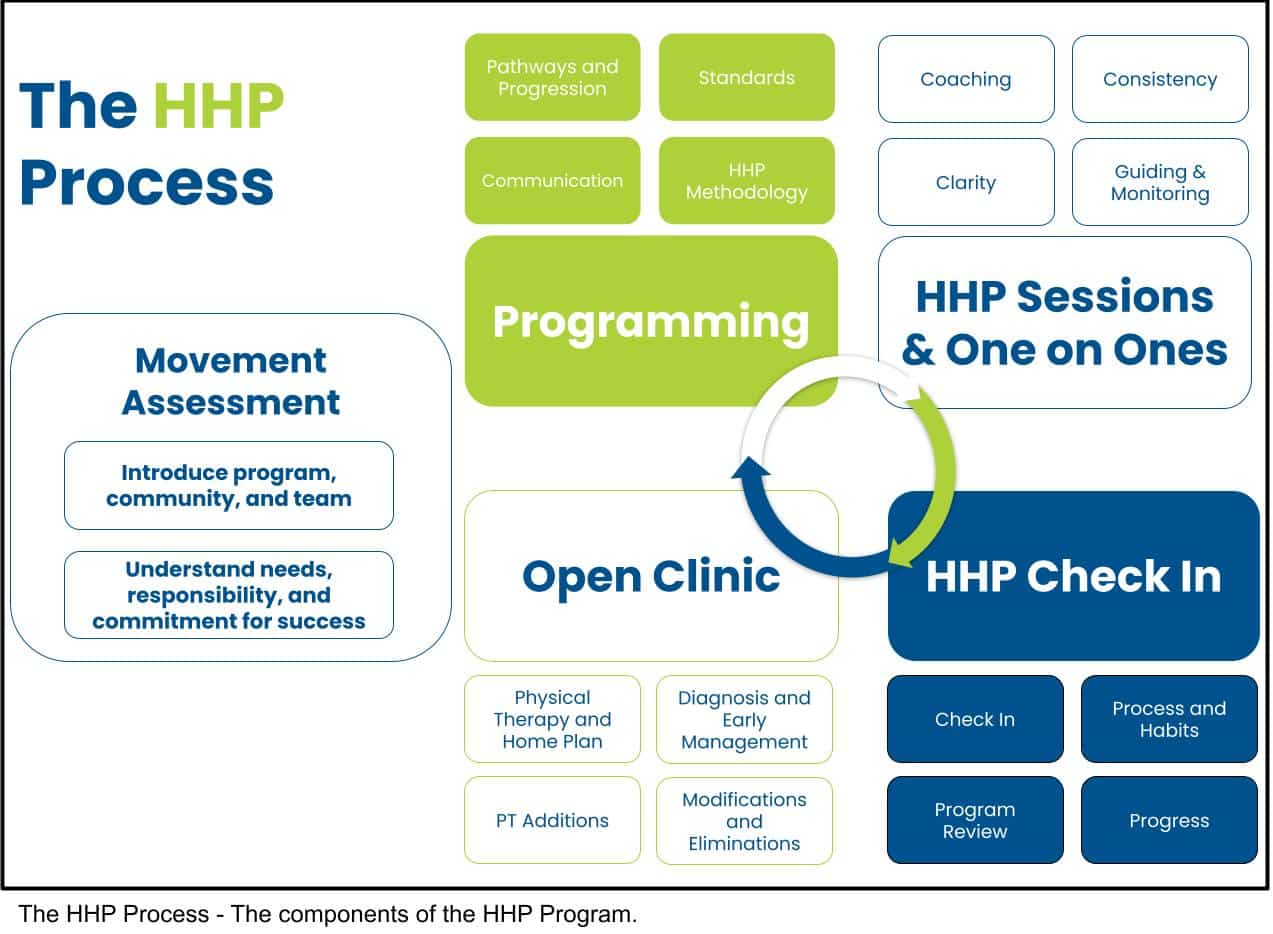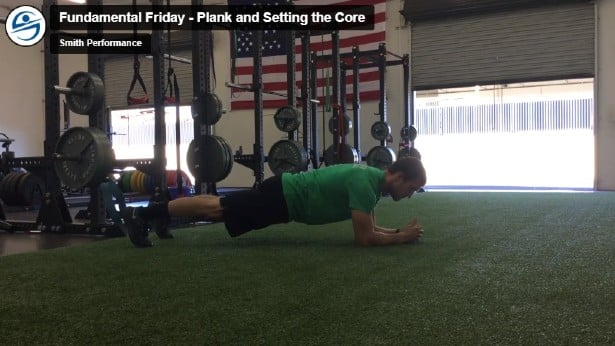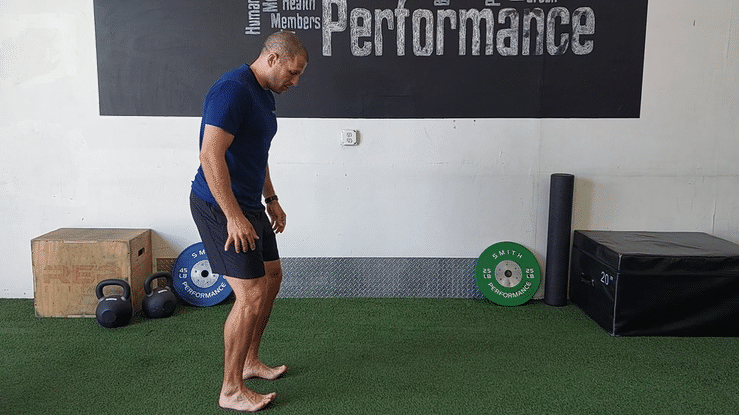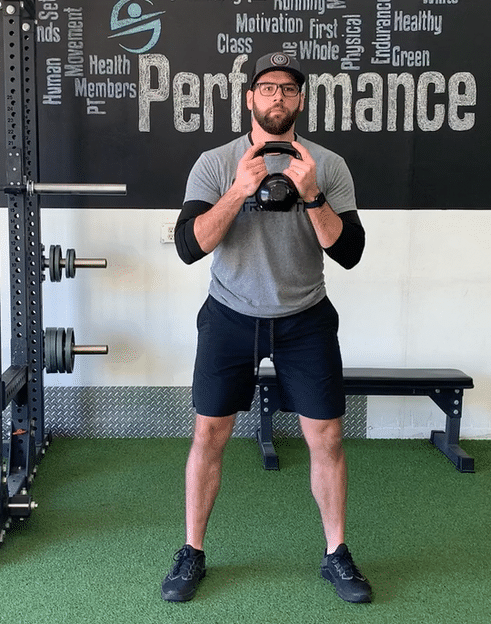
Optimizing Your Strength Training: Understanding the Importance of Deload Weeks At Smith Performance Center
In the realm of physical fitness, the drive to push our limits often overshadows the significance of rest and recovery. Enter the concept of “Deloading” — a strategic and essential practice that can be a game-changer in your strength training regimen. As we engage in rigorous workouts and demanding physical activities, our bodies undergo stress, breaking down muscles and tissues. Yet, it’s during periods of rest that our bodies repair, adapt, and ultimately grow stronger in response to these stresses. The Deload week, a planned phase of reduced training volume, intensity, or frequency, serves as a pivotal component of a well-structured training program. Its purpose is simple yet profound: to allow the body the necessary time and space to recover, prevent overtraining, and boost overall performance. Understanding when, why, and how to implement a Deload week can significantly impact your training outcomes, ensuring sustained progress, and minimizing the risk of

